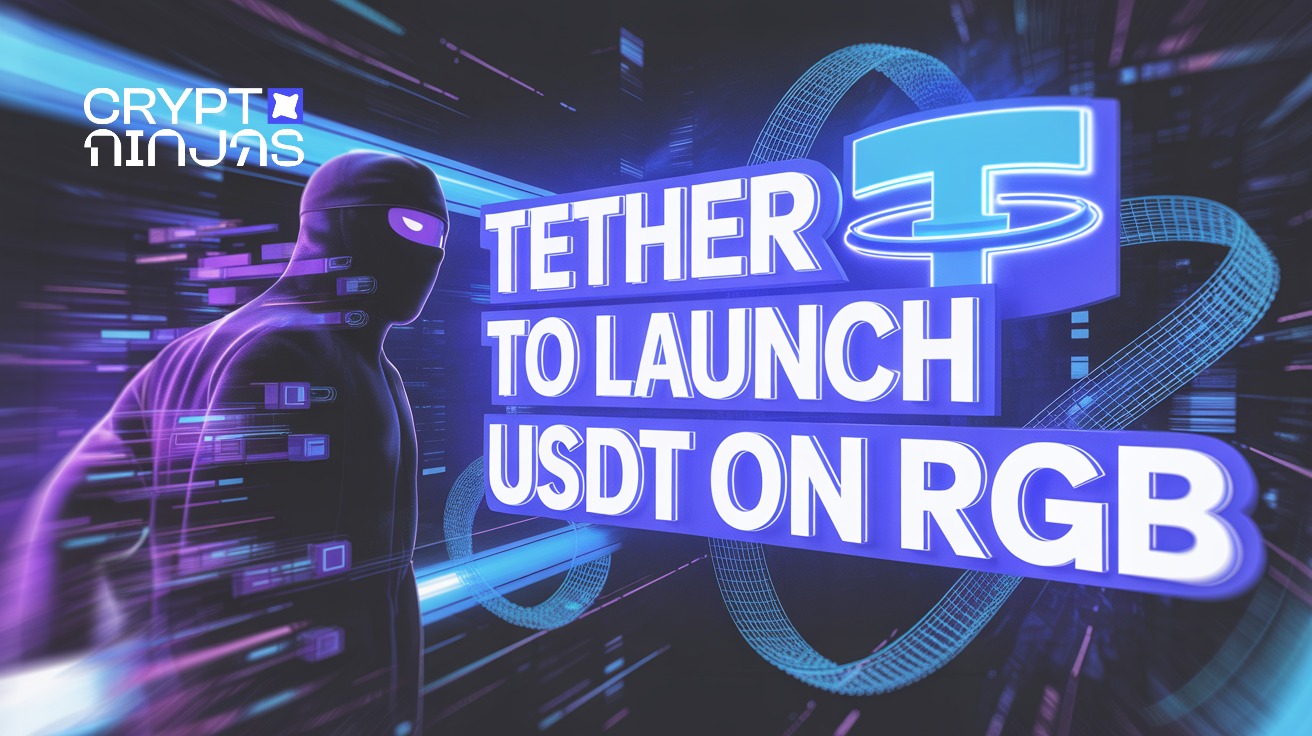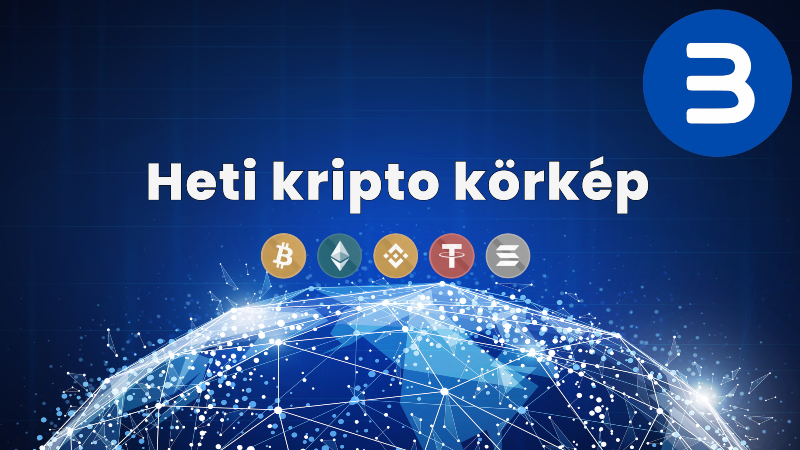Tether to Launch $86B USD₮ on Bitcoin via RGB Protocol, Unlocking Private & Native Stablecoin Payments
Key Takeaways:
- Tether will launch its $86 billion USD₮ stablecoin on RGB, enabling native support on the Bitcoin and Lightning networks.
- RGB brings scalable, private, and lightweight stablecoin payments directly to Bitcoin’s infrastructure without compromising decentralization.
- Users can now hold USD₮ and BTC in the same wallet, benefit from privacy-preserving transfers, and even transact offline.
Tether, the largest issuer of stablecoins, has unveiled plans to deploy its flagship USD₮ stablecoin natively on Bitcoin via the RGB protocol, a milestone development that could transform the stablecoin landscape by enabling secure, fast, and private transactions using the world’s most decentralized blockchain.
Read More: $110B Shock: Tether Cuts Off Five Major Blockchains in Unexpected Strategic Shift


Tether’s USD₮ Set to Go Native on Bitcoin Through RGB
Tether’s upcoming integration with RGB represents one of the most significant stablecoin advancements for Bitcoin to date. The RGB protocol which recently launched its v0.11.1 mainnet release, enables the issuance of digital assets on Bitcoin using client-side validation and off-chain asset data, minimizing chain bloat and enhancing privacy.
This means that for the first time, USD₮ will be able to exist directly on the Bitcoin blockchain, not as a wrapped token or on a secondary chain, but as a fully native asset. This shift will allow billions of users globally to send and receive stablecoin payments over Bitcoin with offline capabilities, reduced on-chain footprint, and full user control.
“Bitcoin deserves a stablecoin that feels truly native, lightweight, private, and scalable,” said Paolo Ardoino, CEO of Tether. “With RGB, USD₮ gains a powerful new pathway on Bitcoin.”
Read More: $1B Mysteriously Moves from “Black Hole Address”, What’s Going On with Tether?
What Is RGB and Why It Matters
Next-Gen Asset Layer for Bitcoin
RGB is a smart contract and asset issuance protocol built on top of Bitcoin and compatible with the Lightning Network. Unlike other solutions, which need new opcodes or base-layer consensus changes, RGB makes use of zero- knows cryptography and client-side validation to issue and manage digital assets privately and efficiently.
Key features of RGB include:
- Private transactions: Asset balances and transfers are not visible on-chain.
- Client-side validation: Asset state is stored and verified on the user’s device.
- Lightning Network support: Enables real-time stablecoin transfers with minimal fees.
- Offline capability: Send and receive assets without needing live internet connectivity.
With these characteristics in play, Tether can make USD₮ transactions as natural and sovereign as Bitcoin itself.


USD₮ + Bitcoin: A Strategic Shift Toward Financial Sovereignty
Dual-Asset Wallets and Offline Transfers
This allows users to save USDm and BTC in the same wallet, creating new opportunities to make daily purchases and cross-border remittances, in particular in the developing markets with restricted access to financial services.
For example:
- A vendor can receive USD₮ over Bitcoin with privacy and without relying on Ethereum or Tron.
- Users in remote regions can transact USD₮ offline using RGB’s portable data model.
- Payment processors and Lightning wallets can integrate USD₮ without compromising Bitcoin’s core design principles.
This makes Bitcoin not only a store of value, but a functional, decentralized payment system, which can support stablecoins and digital contracts.
Bitcoin as a Stablecoin Settlement Layer
The move by Tether belongs to a larger trend in which the issuers of stablecoins are pursuing more procurement of decentralization and censorship resistance by leveraging the strengths of Bitcoin. Unlike Ethereum-based stablecoins, which face rising concerns about smart contract vulnerabilities and high gas fees, USD₮ on RGB offers:
- Reduced reliance on third-party chains
- Lower operational costs
- Enhanced user privacy and sovereignty
- Broader accessibility via Bitcoin’s global infrastructure
Tether supports more than $86 billion USD₮ in circulation, and its assistance may be a critical catalyst of RGB uptake. To support this new phase of fungible-asset Bitcoin-native stablecoin work, developers, wallet providers, and exchanges are now encouraged to adopt RGB20 -the fungible asset token standard.
What This Means for the Crypto Ecosystem
The RGB integration does not only impact Bitcoin, but it transforms the competition of the crypto realm. The largest stablecoin volumes today are account-based and cryptocurrency-based models Ethereum, Solana, Tron, and others, which today are more privately disclosed because of their architecture, and their exposure to regulation.
Introducing stablecoins to Bitcoin natively, Tether can recover the role of Bitcoin in everyday payment, especially in:
- High-inflation economies seeking USD-denominated payment rails
- Censorship-sensitive regions needing financial privacy
- Developers building non-custodial, mobile-first payment apps
As more wallets integrate RGB and support USD₮, Bitcoin could evolve into the most trusted global settlement layer, not just for BTC but also for stable assets.














Post Comment